Last updated: August 1, 2022
We have been trying to find a good barrel horse for our grandkids. We typically only look at quarter horses but ran across some intriguing grade-horse prospects. When I told my grandson about them, he asked what a “grade horse is.”
A grade horse, simply put, is any horse that isn’t purebred. In other words, its pedigree is not registered, nor can it be confirmed. They’re often considered lesser quality animals than their registered counterparts; however, this isn’t always correct.
When most people think of buying a horse, they automatically think of purchasing a purebred. While this may be the ideal option for some, it’s not always the best financial decision.
A grade horse can be just as good – and sometimes even better than a purebred and often costs significantly less. So what is a grade horse? And why should you consider buying one? Keep reading to find out.
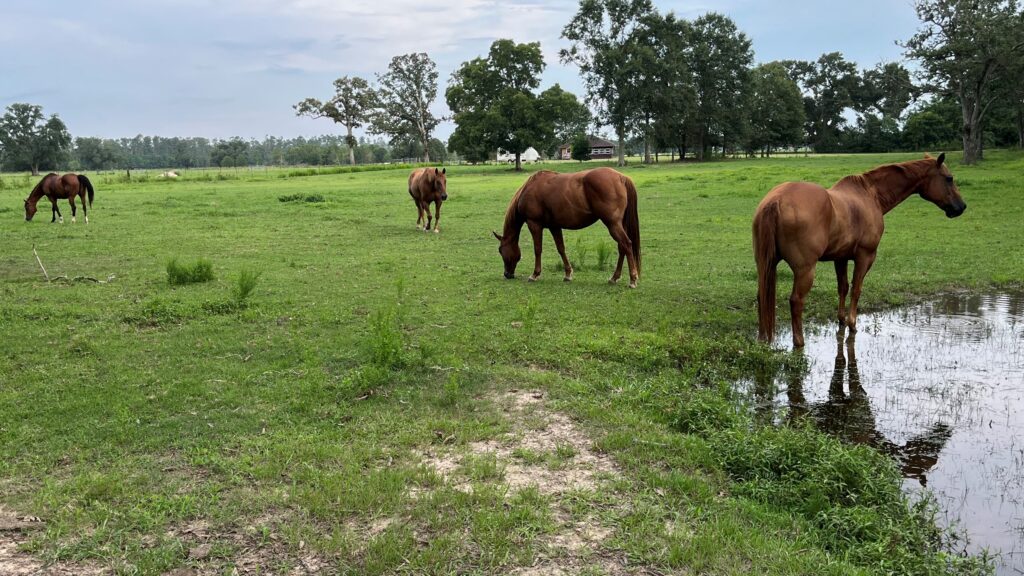
What is a grade horse?
Grade horses are not purebred animals, meaning their parents are not of the same breed. Instead, grade horses are a mix of different breeds, which makes them less expensive than purebred animals.
However, some people consider unregistered horses “grade” even if they are purebred. For instance, my friend owns a quarterhorse stallion, but he can’t register it, so his offspring fall into the category of ‘grade.’
Many people think that grade horses are inferior to purebreds, but this is simply not the case. They are just as capable as any other horse when it comes to competing in events, working stock, or simply being a beloved companion.
Because they’re unregistered, these horses are often used for activities like trail riding and farm work and are also popular among people looking for their first horse. However, grade horses can compete in open shows.
It can be challenging to distinguish a grade horse from a purebred. Frequently grade horses carry many of their descendant’s characteristics. For example, the offspring of a quarterhorse stallion crossed with a grade mare may look and perform like a registered quarter horse.
Grade horses have a lot to offer and are an excellent choice for anyone looking for a horse.
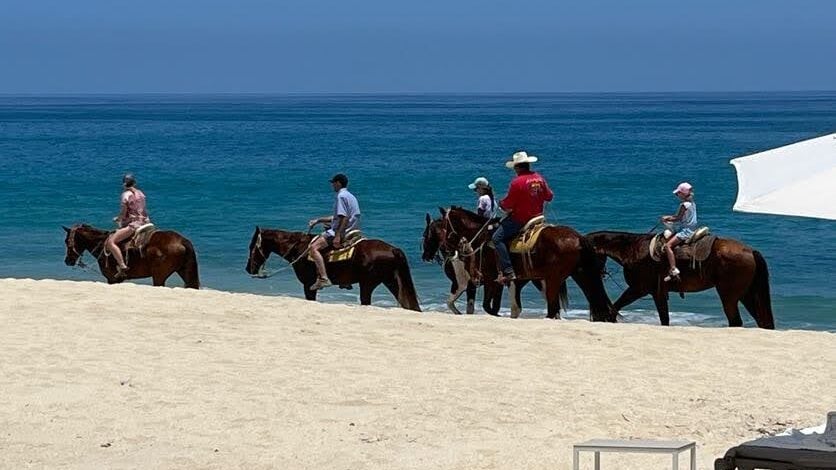
What are grade horses used for?
The first thing to know about grade horses is they come in all shapes, sizes, and colors. Some may be a mix of draft breeds, while others may have a lot of Arabian or Thoroughbred blood. So their best use is dependent on conformation and breeding.
With that understanding in mind, you can use them in various activities, including trail riding, pleasure riding, endurance riding, jumping, barrel racing, and pulling events. For barrel prospects, we look for horses with quarterhorse conformation: big hindquarters and strong shoulders.
Most grade horses are intelligent, and you can train them to do almost any equine event. However, I see them most often used for riding lessons, trail riding, and pleasure riding.
In addition to their usefulness, they are also known for their gentle nature and make excellent companions. Whether you’re looking for a work partner or a new best friend, a grade horse is a great choice.
The Benefits of owning a grade horse
Grade horses offer several benefits to their owners. They are less expensive than purebred horses, and they can be used for a variety of purposes. They are also a good choice for people new to horseback riding because they are often willing learners and easy to care for.
In addition, grade horses are healthier and have a longer life expectancy than purebreds because they have a mix of genes. This blending of genes often leads to grade horses being more vigorous and hardy than purebreds, as they are less likely to inherit some of the health problems that can be common in certain bloodlines.
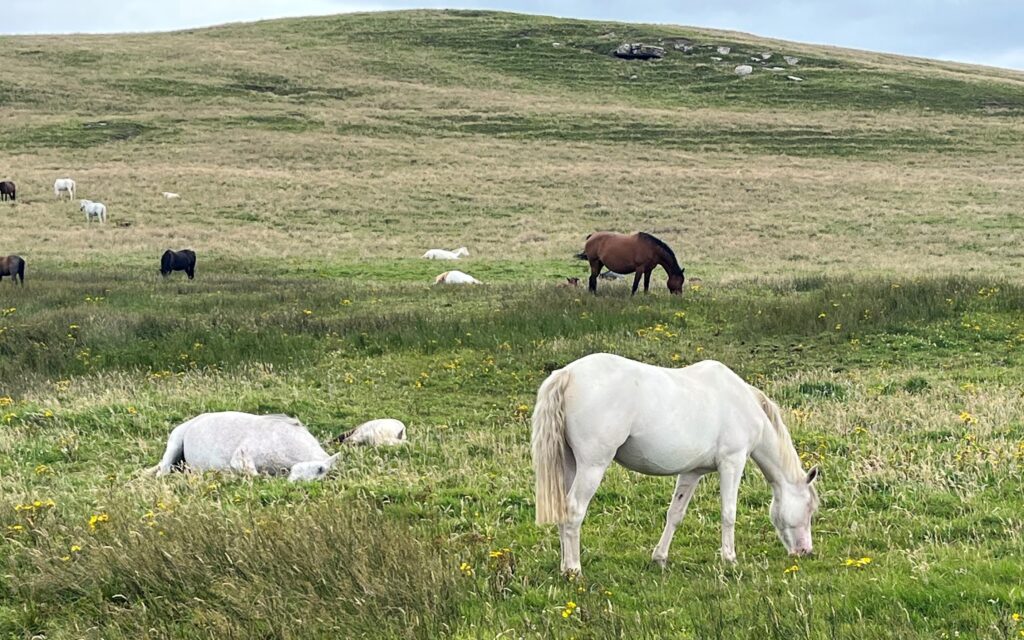
Disadvantages Of Owning a Grade Horse
There isn’t a bunch of downside to owning a grade horse; however, there are a few. First, you will be limited to competing in open horse shows. Many horse organizations limit entries to purebred horses.
Next, since a grade horse isn’t registered, you must rely on the breeder for its age unless you can age a horse by its teeth. This typically isn’t a problem when you buy from someone you know, but an unscrupulous horse salesman could pass off an 18-year-old horse for a 10-year-old.
Finally, it’s not practical to use grade horses for breeding stock because most people are only interested in buying purebred young horses. That’s not to say you can’t sell a grade horse, but typically you will not get much money for it.
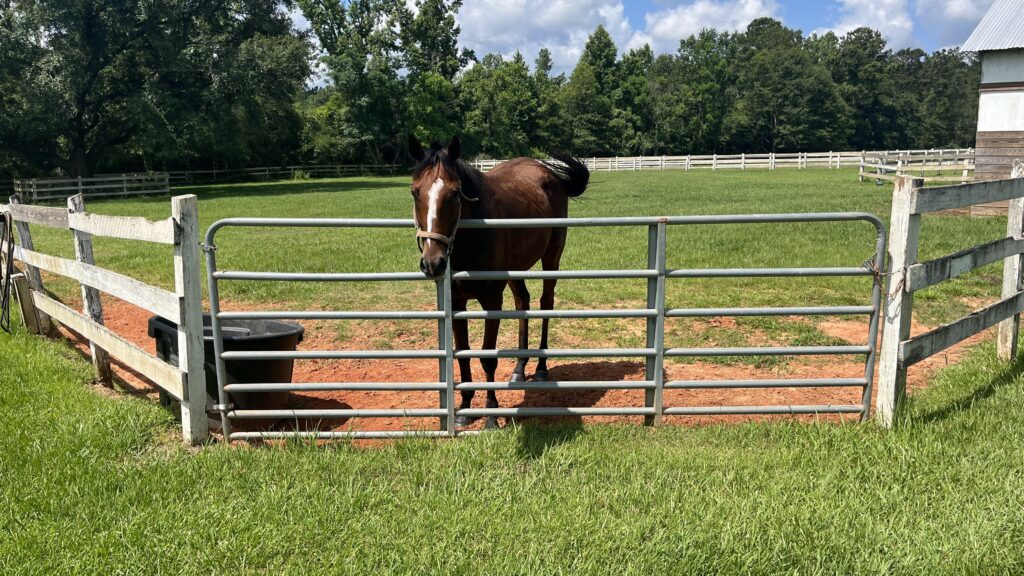
Grade Horse Characteristics
Often grade horses have not been explicitly bred for any equine purpose or conformation attributes. They are usually the result of crosses between different breeds; as such, they can vary widely in size, shape, and color.
Height and Weight of Grade Horses
Because the term ‘grade horse’ is used to describe any horse that isn’t purebred or registered, it is not a standard size. One could stand 16 hands tall and another 14.2. The same goes with their weight; a large grade horse can weigh 2,000 pounds.
Grade horse’s temperament
Grade horses can have a wide range of temperaments because their bloodlines may include many different breeds. All horses are individuals, which is especially true for grade horses, so you must check the horse thoroughly before buying.
However, many are level-headed and calm, making them great working animals or good choices for beginner riders.
Grade horse coat colors
You can find grade horses in any equine coat color and pattern. The most common colors are bay and chestnut. Less common colors include black, roan, gray, dun, buckskin, and palomino.
Each color is determined by a horse’s genetics and the presence or absence of certain pigments in the horse’s coat. For example, black horses have an abundance of a pigment called eumelanin, while chestnut horses have mostly phaeomelanin.
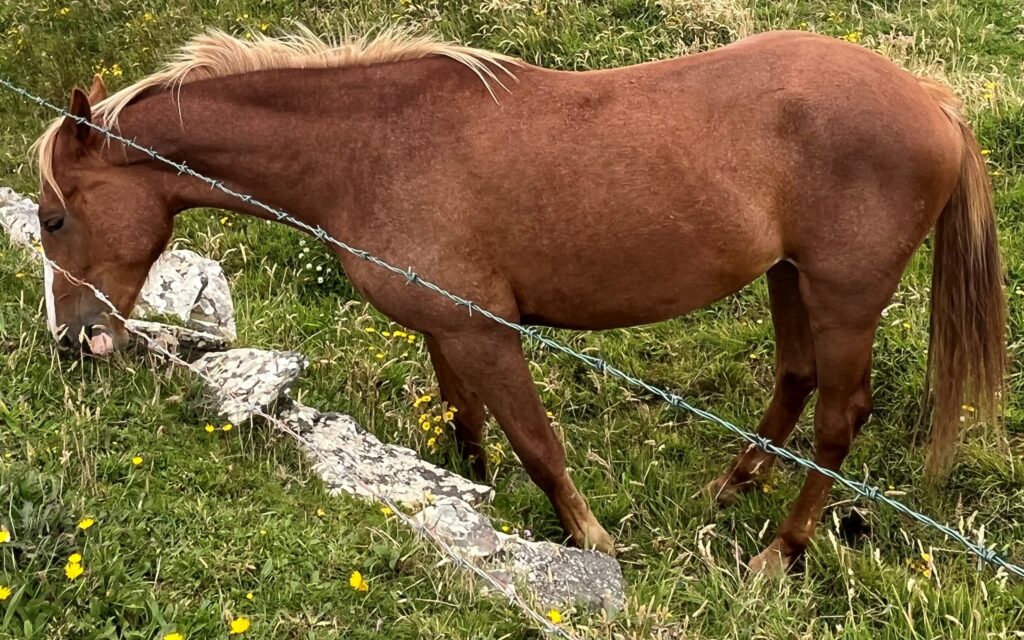
How to determine if a grade horse is a right fit for you
Grade horses can be large, small, or medium, so it’s important to know what you’re looking for before you purchase one. There are a few things to consider when deciding if a grade horse is the right fit for you and your needs.
First, think about what you’ll be using the grade horse for. If you’re looking for a horse to compete in rodeos or other events, you’ll want a grade horse that is athletic and has the conformation to excel in those types of events. If you’re looking for a horse to ride around the ranch or take on trails, you’ll want a grade horse that is calm and steady.
Second, consider your budget. Grade horses are often less expensive than purebred horses, but they can still vary in price depending on their age, size, and abilities. Make sure you have a realistic budget in mind before you start your search.
Third, take into account your experience level. If you’re an experienced rider, you’ll be able to handle a grade horse with more energy and less training. If you’re a beginner, finding a grade horse that is gentle and easy to handle is essential.
When you consider all of these things, you’ll be able to narrow down your search and find the perfect grade horse for you. Don’t hesitate to add one to your family just because they aren’t purebred.
We often attend horse shows and rodeos and see grade horses winning and competing at the highest levels. So in our search for a barrel horse, we are looking for performance, speed, and explosiveness; it doesn’t matter if the horse has papers or not.

Are Grade horses good for beginner riders?
Grade horses are good for beginners and kids. First, they are typically not as high-maintenance as purebred horses, making them a good choice for someone new to horse ownership.
In addition, they typically are less expensive than purebreds, making them a more budget-friendly option, and they often have fewer health problems.
Where to find grade horses for sale
You can find grade horses for sale at many different places, including online and at horse auctions. There are also many horse owners who sell their animals directly to the public.
Our area has a weekly livestock auction that sells everything from chickens to horses, and I always see a few grade horses going through. However, I’m hesitant to buy an older horse going through an auction unless it has breeding potential.
I find word of mouth a better way to find a horse. When you’re at horse shows, let people know you’re in the market for a horse and tell them it doesn’t have to have papers or be purebred.
If you decide to shop online, ask the seller to send you a video of the horse that shows it caught, led, secured, tacked, and ridden in a walk, trot, and canter. You can learn a lot about a horse by watching it as it goes through these steps.
If the horse you’re interested in is far away, you can pay a vet in the area to check it for you. This can save you a lot of time and money. Remember grade horses can have many of the same qualities as purebreds, only they aren’t registered.
For mares and stallions, this reduces their value for breeding. However, if you’re looking for a riding horse or a gelding, then breeding isn’t an issue.
Note: When buying any horse, it is important to do your research and find a reputable breeder or seller. This will ensure that you are getting a healthy and well-tempered animal.
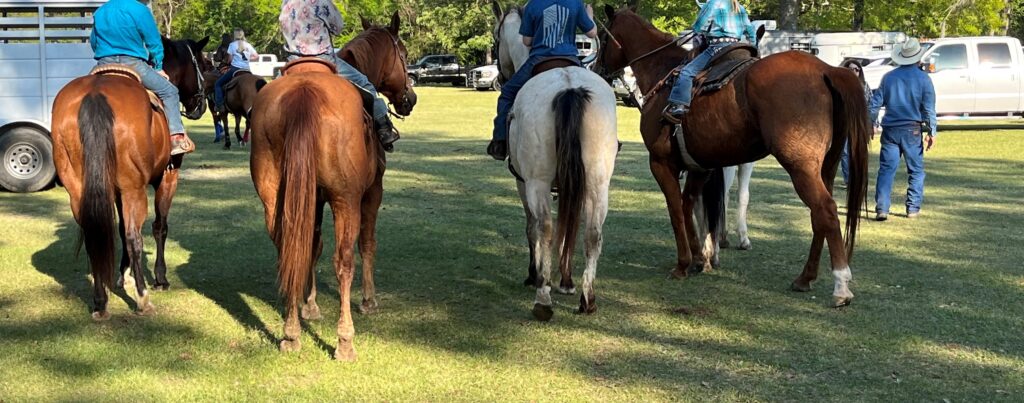
Grade horses and competitions
Grade horses can compete in horse shows and events, but they may not have the same level of success as purebred horses. This is because grade horses are not bred for specific characteristics like purebreds are, so they may not be as strong or fast.
However, grade horses can still be competitive in horse shows or events, and they may even win some competitions. Grade horses are also often used in rodeos and other equine events, and even though they may not be as flashy as purebreds, they can still be a lot of fun to ride and compete with.
Conclusion
The most important thing to remember about grade horses is that they do not have pedigrees, so their exact history is unknown. Depending on what you are looking for in a horse, this can be both an advantage and a disadvantage.
If you are looking for a horse with an established lineage, then a grade horse is not the right choice for you. However, if you are looking for a healthy and strong horse suitable for work or pleasure riding, a grade horse may be just what you need.
Below is a YouTube video of a well-trained Grade horse.
FAQs
How many hands tall is a grade horse?
Grade horses are a mix of breeds and can be from 14.2 to 17 hands tall. However, the average horse height is 15.2, and I expect the same average for grade horses.
Can I show a grade horse?
Yes, you can show a grade horse in open competitions; however, some shows are restricted by breed. For example, the American Quarterhorse Association sponsors events only for registered quarter horses.

About the Author: Miles Henry
Lifelong Horseman | Racehorse Owner | Published Author
Miles Henry brings over 25 years of hands-on experience training and owning Thoroughbred racehorses. Raised with Quarter Horses and Appaloosas, he’s spent a lifetime learning from horses—on the track, in the barn, and in the field. Today, he runs a small but successful racing stable in Louisiana and shares real-world insights on HorseRacingSense.com, helping horse owners, fans, and bettors navigate the sport with confidence.
📚 Books: View Miles’s books on Amazon »
🎧 Podcast Guest: Animal Tales Ep. 32 |
YouTube Interview
📩 Newsletter: Sign up for racing tips and horse care advice »
🔗 Follow Miles:
Twitter |
Facebook |
YouTube


